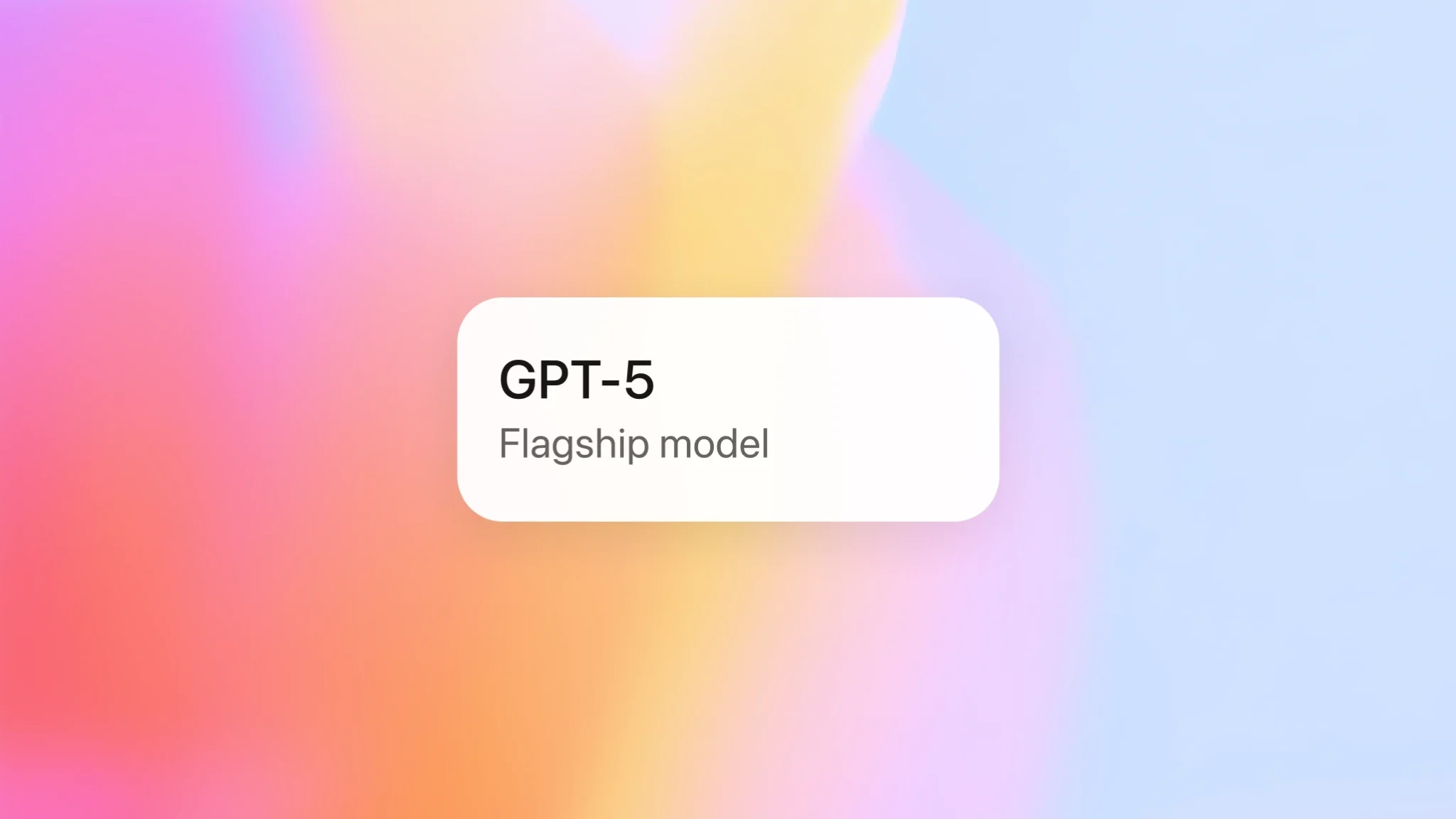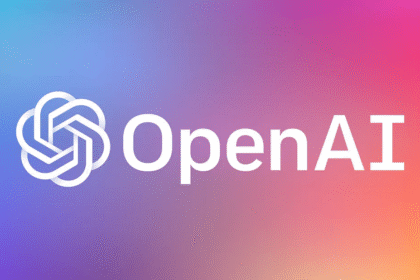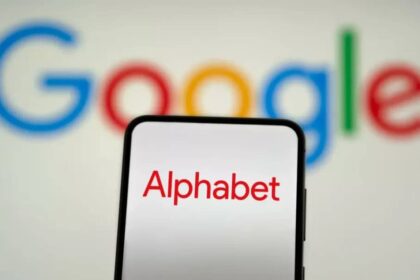OpenAI has unveiled GPT-5, its latest flagship AI model that will power a new era of ChatGPT with broader capabilities and greater speed.
Released Thursday, GPT-5 is OpenAI’s first “unified” model combining the analytical power of its o-series models with the fast, fluid output of the GPT family. The company says this next-gen model is a major step toward its long-term vision of building AI agents that go beyond chatbots.
GPT-4 helped ChatGPT become a versatile assistant, but GPT-5 is built to perform actual tasks for users from generating apps and organizing calendars to producing research reports.
The model also introduces a more intuitive experience. GPT-5 includes a smart router that selects the best approach to a user’s question, adjusting speed and depth automatically without user input.
OpenAI CEO Sam Altman, speaking to reporters, called GPT-5 “the best model in the world,” describing it as a milestone on the company’s path toward artificial general intelligence (AGI); AI that can outperform humans in most jobs.
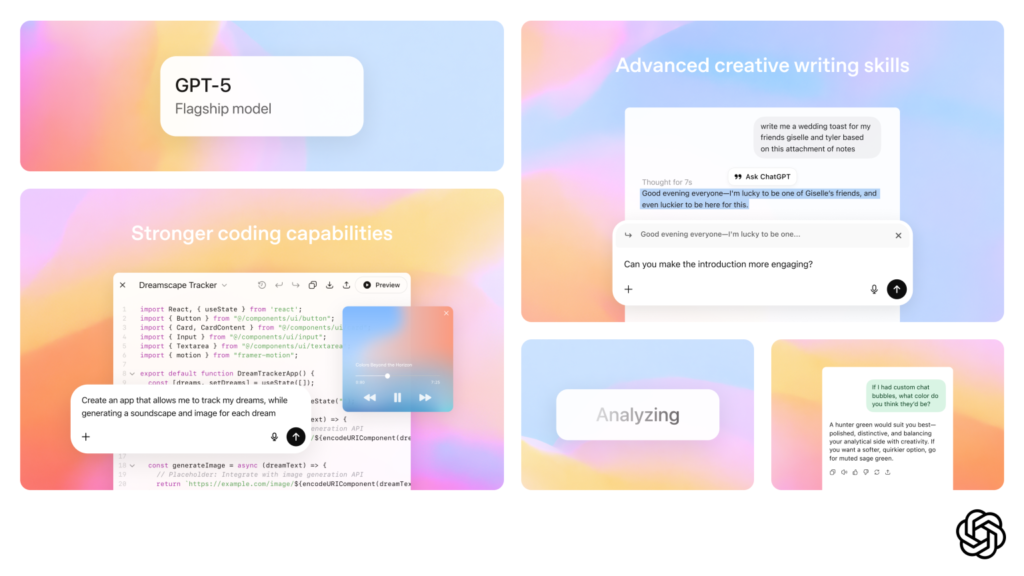
“Something like GPT-5 would have been unimaginable just a few years ago,” Altman said.
The model is now the default for all ChatGPT users, including those on the free plan. VP of ChatGPT Nick Turley said the goal was to make advanced AI reasoning freely accessible for the first time. Previously, only paid users had access to these capabilities.
“This is one way we live our mission bringing powerful tools to as many people as possible,” Turley noted.
GPT-5 is one of OpenAI’s most anticipated launches since ChatGPT debuted in 2022. The chatbot now serves over 700 million weekly users, or nearly 10% of the global population.
The model’s release is widely seen as a marker of AI’s progress. Its performance will be closely watched across Big Tech, Wall Street, and regulatory circles for what it signals about the future of advanced AI.
GPT-5 claims top marks with caveats.
OpenAI says GPT-5 is a leader across several benchmarks, slightly outperforming models from rivals like Anthropic, Google DeepMind, and xAI. But it still trails in a few key areas.
In coding, GPT-5 shines. On the SWE-bench Verified benchmark real-world GitHub coding tasks; GPT-5 scored 74.9%, besting Claude Opus 4.1 (74.5%) and Gemini 2.5 Pro (59.6%).
On the “Humanity’s Last Exam” test , which spans STEM, humanities, and math; GPT-5 Pro scored 42% with tools, slightly behind xAI’s Grok 4 Heavy (44.4%).
On GPQA Diamond, which challenges models with PhD-level science questions, GPT-5 Pro earned 89.4%, beating Claude (80.9%) and Grok (88.9%).
GPT-5 also excels in healthcare accuracy. On HealthBench’s “hard hallucinations” test, GPT-5 hallucinated just 1.6% of the time, compared to 12.9% for GPT-4o and 15.8% for o3.
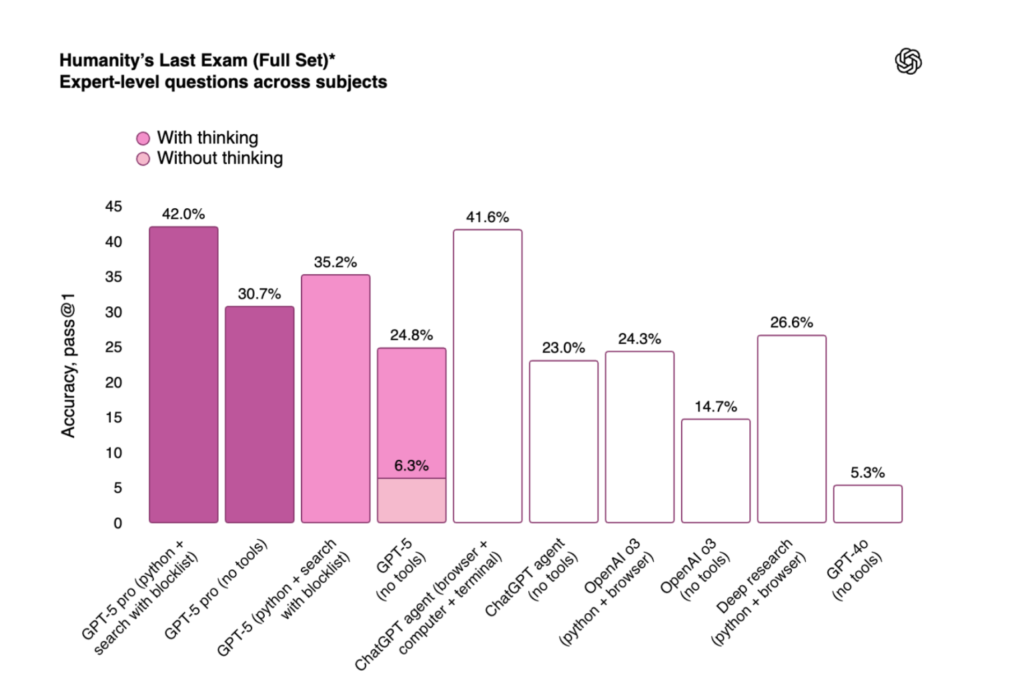
As millions use AI for medical advice, OpenAI says GPT-5 is more proactive in flagging issues and interpreting results responsibly.
On creative tasks, GPT-5 delivers more natural, nuanced responses. Turley said the model demonstrates “better taste,” adding: “The vibes of this model are really good.”
Hallucination rates are also way down. GPT-5 generates incorrect answers just 4.8% of the time compared to 22% and 20.6% for o3 and GPT-4o, respectively.
On agent-style benchmarks like Tau-bench, GPT-5 had mixed results. It scored 63.5% on airline booking tasks, slightly behind o3 (64.8%). On retail navigation, it scored 81.1%, trailing Claude Opus 4.1 (82.4%).
The model is also safer. OpenAI says GPT-5 is less deceptive, meaning it’s less likely to lie, mislead, or scheme issues that have raised safety concerns with advanced AI.
Alex Beutel, OpenAI’s safety lead, said GPT-5’s reduced deception boosts user trust, noting it’s better at telling apart bad actors from normal users. As a result, it denies unsafe prompts more often and mistakenly blocks harmless requests less frequently.
New features for users and developers
Alongside GPT-5, ChatGPT gains new customization features. Users can now pick one of four built-in personalities: Cynic, Robot, Listener, and Nerd; to tailor responses without extra prompting.
Paid ChatGPT Plus users get higher usage caps for GPT-5, while $200/month Pro subscribers receive unlimited access and use of GPT-5 Pro, which taps into more computing power. Enterprise, Team, and Edu users will get access next week.
GPT-5 is also available via OpenAI’s API in three sizes: gpt-5, gpt-5-mini, and gpt-5-nano. Developers can now adjust verbosity settings to control how long responses are.
API pricing starts at $1.25 per million input tokens (roughly 750,000 words) and $10 per million output tokens.
GPT-5’s launch caps a week of major updates. OpenAI also debuted gpt-oss, an open-source model that closely rivals o3 and o4-mini though GPT-5 clearly takes the lead in performance for certain use cases like coding.
Still, GPT-5 doesn’t beat all competition across the board. While it’s strong in many areas, its parity with other top models on some tests suggests that future progress will depend on real-world usage, not just benchmarks.
GPT-5 sets a new bar in AI but how it’s applied will determine whether it becomes a true leap forward or just another step.


